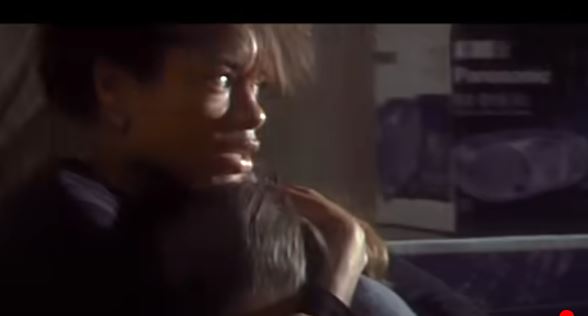In 2002, before the zombie genre became a flood of blood and brains, 28 Days Later came out and shook up the culture like an earthquake. The trailer didn’t only tease a movie; it started a movement. The trailer made every frame look like a prophecy with its stark images, slow tempo, and almost beautiful quiet between scary parts. People have never witnessed rage like this before.
More than twenty years later, the 28 Days Later trailer is still getting a lot of attention. It’s coming back not just as a sentimental jewel but as a plan. When trailers are full of CGI, pop songs, and montages full of spoilers, this one feels like a rebel for not going overboard. A trip through London’s desolate streets on a bike. Cillian Murphy seemed confused. A tension like a heartbeat. It’s the calm before a cultural storm that can’t be stopped.
Trailer Information
| Title | 28 Days Later (Official Trailer) |
|---|---|
| Director | Danny Boyle |
| Screenwriter | Alex Garland |
| Initial Release | November 1, 2002 (UK), June 27, 2003 (US) |
| Cast | Cillian Murphy, Naomie Harris, Brendan Gleeson, Christopher Eccleston |
| Running Time (Trailer) | 2 minutes, 8 seconds |
| Studio | Fox Searchlight Pictures / DNA Films |
| Streaming Platform | YouTube – Sony Pictures Entertainment |
| Notable Elements | Haunting London visuals, viral outbreak theme, minimalist score |
| Genre Tags | Horror, Sci-Fi, Psychological Thriller |
| Critical Score (RT) | 87% (Rotten Tomatoes) |
A Cinematic Virus That Still Spreads
Think about the universe that the trailer is based on if you want to know why it still gets powerful reactions. It came out before smartphones were common, yet it hauntingly nails modern worries like pandemics, being left behind, and being alone online without any social media. It’s a sign of things to come, not because of zombies but because of nothingness.
From a marketing point of view, the trailer worked well. Sony and Fox Searchlight focused on psychological horror instead of spectacle. They didn’t give in to the want to show monsters and instead let the quiet scream. That choice paid off, as it set a new standard for horror trailers in the business.
Trailer editors still look to 28 Days Later for ideas on how to make suspenseful teases. Jason Buckley, who worked on Get Out and The Invisible Man, said that “The 28 Days Later trailer was a turning point.” It showed us that little is frequently far more terrifying.”
From Frames to Franchises: A Legacy

The trailer’s power wasn’t a mistake. Danny Boyle’s team used DV cameras, which was a risky option at the time, to give the scenes a documentary-like feel. This real-life fear led to the found-footage mania (REC, Paranormal Activity), slow-burn dystopias (The Road), and even the look of The Last of Us games.
The way the trailer was made also affected how studios thought about virality. Trailers didn’t go viral very often in the early 2000s. 28 Days Later changed that. It was spread like an underground signal—a digital virus, so to speak—through file-sharing sites and early YouTube uploads.
Modern Resonance: Why It Matters Now
The trailer impacts differently now that COVID is over. Those quiet city scenes aren’t just movie exaggerations anymore; they’re real recollections. People who have seen the trailer again say it is not just scary but also “emotional archaeology.” You don’t watch it; you feel it.
Its return to popularity in 2024, partly because of the hype over 28 Years Later, is a reminder that a great trailer isn’t about volume; it’s about subtlety. It’s not about fright; it’s about the vibe. It doesn’t tell you what the movie is about; it tells you what it believes.
Closing Thoughts: The Anatomy of Lasting Fear
The trailer for 28 Days Later has become famous not because of slick editing or forced drama but because of how it tells stories. It didn’t build excitement by yelling; it did it by whispering. And in a time when people are overstimulated and numb, that whisper still rings true.
This trailer is more than just a preview; it’s a case study of how to tell a tale well, a cultural document of paranoia in the early 2000s, and an artistic reminder that the scariest pictures frequently come with no sound.
You should watch it again if you haven’t watched it in a while. But don’t just look at it. Pay attention. Take a breath. Remember that terror, like truth, doesn’t have to scream to be heard.
